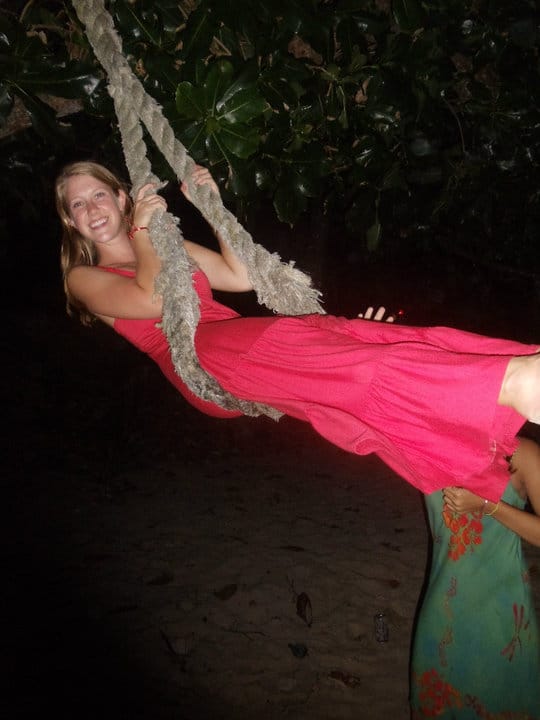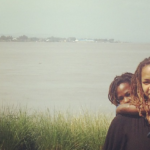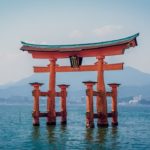When a Bell Rings in American Samoa

During the first week of school in American Samoa, two of my students walked up to me. “Miss, we won’t be at school tomorrow because we have to ring a bell in our village.” When I was in high school, I had skipping class down to a science. You make up a valid excuse (I have a very important Future Slackers of America meeting at Taco Bell), offer for the teacher to call your parents (My mom is actually the president of the organization, call her if you want) and bribe parking lot security (so I’ll bring back a crunchwrap and a Mexican pizza, no meat). Worked like a charm. But no matter how creative I got, I was never excused from class for bell-ringing duties.

Bells are a way of life here. I hear about twelve bells a day, not counting Sundays when they’re more regular than the Activa spokeswoman. The way that I used to use my iPhone to manage my life, I now use bells. What time is it? What’s the weather outside? Any good news? The bells will tell me. When I get back I’m considering developing the Samoan bells app, just so I don’t go through reverse culture shock.
“Bell,” it turns out, is a very generous term. It’s actually just an empty gas tank hanging from a tree.
During sa, you are expected to be inside your house with your family quietly praying.
My village of Mesepa, American Samoa, has what’s called “sa.” It has been explained to me, at one point or another, as all of the following: forbidden, curfew, prayer time, and noise control. Right, because crowd control is a huge problem in this bustling metropolis. From what I’ve been able to tell, “sa” is like the dinner bell…if the dinner bell were enforced by unhappy looking body builders in skirts.
Each day, these body builders (known in Samoan as “aumaga” – village police) ring the first sa bell at 5:55. This is your warning to get off the streets or be prepared for some nasty consequences. The children playing in the graveyard next to our house will usually toss a few more NFL-worthy spirals before running home. Sa officially starts with the 6:00 bell. During sa, you are expected to be inside your house with your family quietly praying. Unless of course you are an aumaga, in which case you are expected to stand on the street with your arms crossed and glare at any vehicle that dares to drive through your village. Sa ends seven minutes later when the third bell rings and people are allowed to return to their outdoor activities.
I have so many questions about sa. For example, how are the aumaga picked and where can I find an application? Who decided that seven minutes of prayer was the correct dose? And most importantly, what would happen to the brave soul who dared to break sa?
Want to run to the store to buy beer? That’s just fine. From what I can tell it’s more of a suggested bedtime than an actual curfew.
Sa only accounts for three of the daily bells. There are two more at 9 and 10 pm. These serve as curfew for children and adults, respectively. But no worries, you can be out after curfew. Need to catch a taxi? No problem! Want to run to the store to buy beer? That’s just fine. From what I can tell it’s more of a suggested bedtime than an actual curfew. I guess the village chief really wants to make sure everyone in town gets enough sleep.
The bells tell you when to go to church, when to pray, when a hurricane or tsunami is coming, when there is a meeting, and when to go to bed. Bells are as much a part of my daily life here as hangovers were in college. Not to mention they’re the best watch I’ve ever had – even if they do tend to run on island time.
Top photo for When a Bell Rings in American Samoa by Pixabay.








